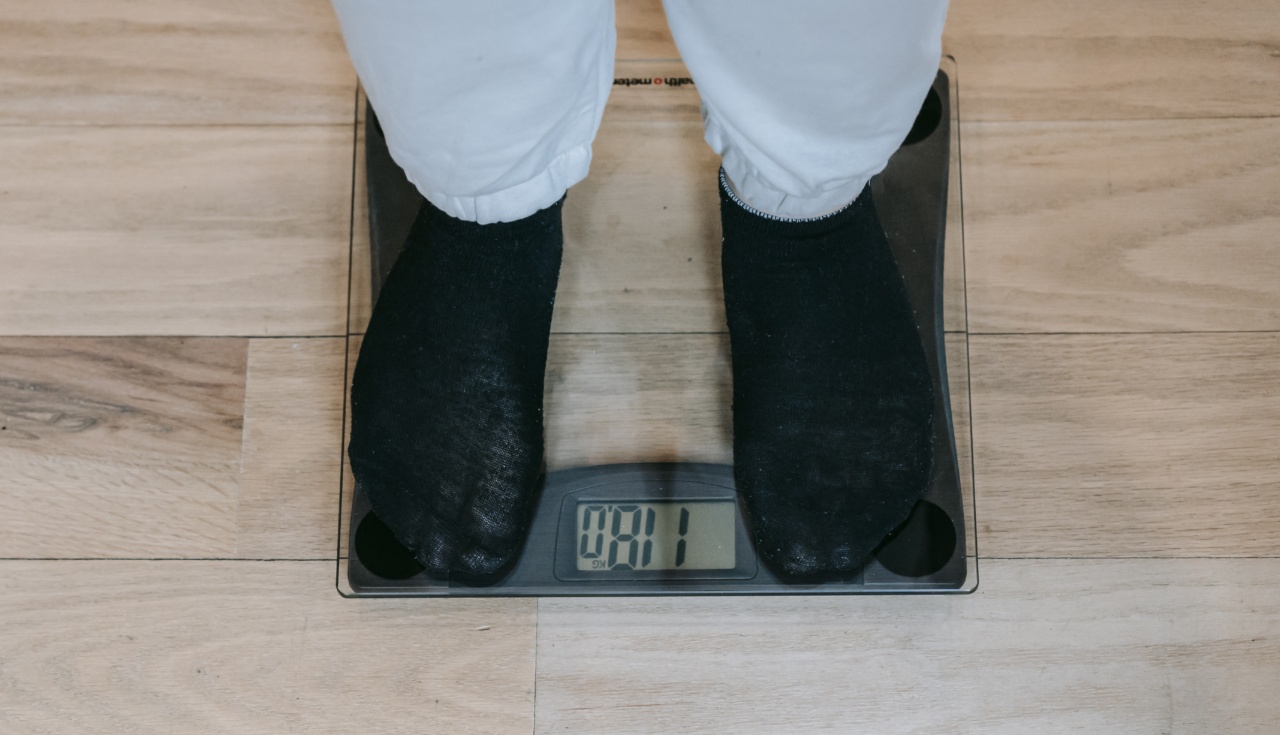Counting calories can be overwhelming and time-consuming. It’s easy to get caught up in the numbers game, but there is a different approach to weight loss that doesn’t involve meticulously tracking every morsel of food you consume.
In this beginner’s guide, we will explore proven strategies to help you shed those extra pounds without the hassle of counting calories.
1. Focus on Whole, Unprocessed Foods
Instead of fixating on calorie counts, shift your attention to consuming whole, unprocessed foods. These foods are naturally low in calories and high in nutrients, making them ideal for weight loss.
Fill up your plate with fruits, vegetables, whole grains, lean proteins, and healthy fats.
2. Listen to Your Body’s Hunger and Fullness Cues
Pay attention to your body’s hunger and fullness cues instead of relying on external factors like calorie counts. Eat when you’re hungry and stop when you’re satisfied, not overly full.
This intuitive approach allows your body to regulate its energy intake naturally.
3. Practice Mindful Eating
Mindful eating involves being fully present and aware of your food choices and eating habits. By paying attention to the taste, texture, and satisfaction derived from the food, you are more likely to make nourishing choices and avoid overeating.
This mindful approach can lead to weight loss without counting calories.
4. Optimize Your Meal Portions
Controlling portion sizes is a more practical alternative to calorie counting. Use smaller plates and bowls, and be mindful of serving sizes.
Aim to fill half your plate with vegetables, one-quarter with lean protein, and one-quarter with whole grains or starchy vegetables. This balanced approach ensures a nutrient-rich and satisfying meal.
5. Engage in Regular Physical Activity
Regular physical activity is crucial for weight loss and overall well-being. Incorporate both cardiovascular exercises to burn calories and strength-training exercises to build lean muscle mass.
Aim for at least 150 minutes of moderate-intensity aerobic activity or 75 minutes of vigorous-intensity activity per week, along with two or more days of strength training.
6. Stay Hydrated
Drinking an adequate amount of water can help with weight loss by keeping you hydrated and reducing unnecessary snacking. Sometimes, thirst can be mistaken for hunger, leading to overeating.
Aim to drink at least eight glasses of water per day and more if you are physically active.
7. Get Sufficient Sleep
Getting enough quality sleep is paramount for weight management. Poor sleep disrupts the hormones that regulate hunger and satiety, leading to increased cravings and overeating.
Aim for seven to nine hours of uninterrupted sleep each night to support your weight loss goals.
8. Manage Stress Levels
Chronic stress can sabotage your weight loss efforts. When we are stressed, our bodies produce cortisol, a hormone that promotes weight gain, particularly in the abdominal area.
Find healthy ways to manage stress, such as practicing yoga, meditation, or engaging in hobbies you enjoy.
9. Limit Liquid Calories
Be mindful of the beverages you consume, as they can contribute significant calories without providing much satiety. Avoid sugary drinks like soda, fruit juices, and sweetened coffee beverages.
Instead, opt for water, unsweetened tea, or black coffee, which are calorie-free options.
10. Seek Support
Embarking on a weight loss journey can feel overwhelming at times. Seek support from friends, family, or a support group to help you stay motivated and accountable.
Having a support system can make a significant difference in successfully losing weight without counting every calorie.





























